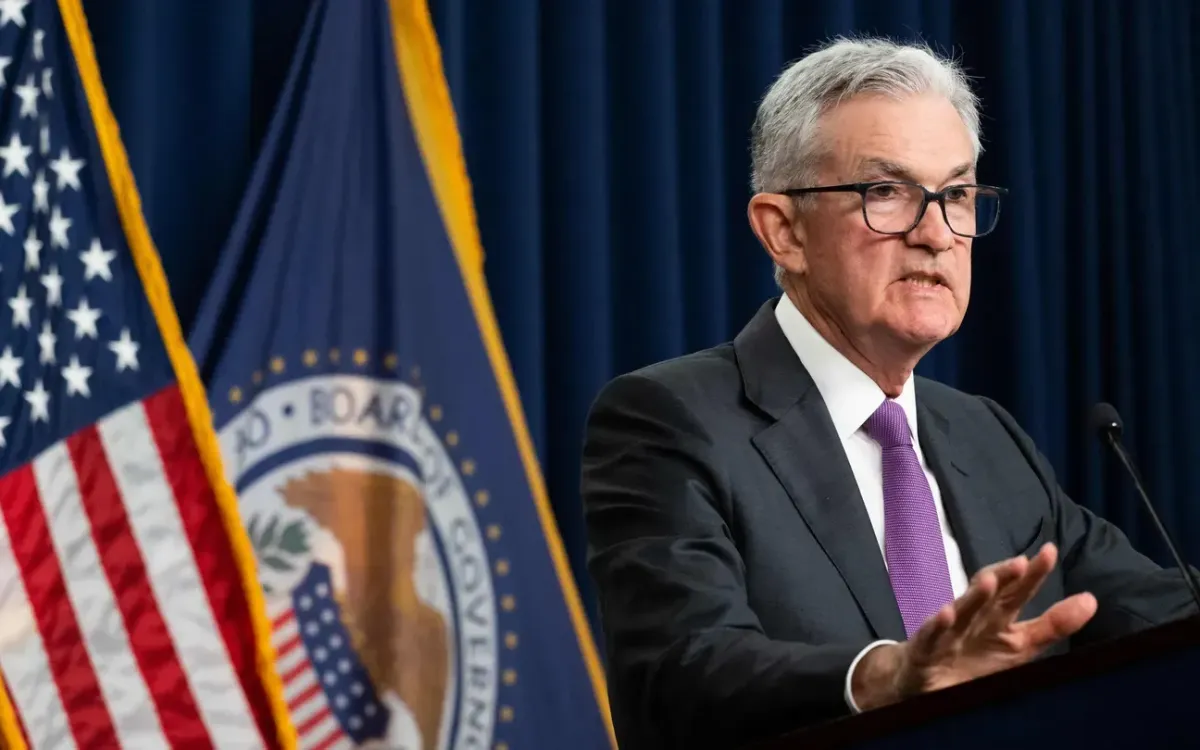
US Federal Reserve Chairman Jerome Powell Photo: AFP
Balancing Dual Duties: Employment Risks Are Rising
In a keynote speech to the National Association for Business Economics (NABE), US Federal Reserve (Fed) Chairman Jerome Powell painted a complex economic picture, describing the economy as facing a dilemma, caught between two conflicting goals in the Fed's dual mandate: containing inflation and keeping the labor market stable.
Mr. Powell emphasized that although inflation has declined sharply from its 2022 peak, especially the core personal consumption expenditures (PCE) price index, it remains anchored above the Fed's 2% target. However, he said the main pressure and biggest risk now is shifting to the labor market, as job growth shows clear signs of slowing.
Fed Chairman Jerome Powell warned that the US economy is being stretched between high inflation pressures and the risk of a weakening labor market. While the Fed still prioritizes controlling prices, it is leaning toward easing policy - reinforcing expectations of interest rate cuts at upcoming meetings to support growth and employment.
“Near-term inflation risks remain tilted to the upside, but employment risks are tilted to the downside. This is a very challenging situation,” Mr. Powell said. He emphasized that this tug-of-war forces the Fed to seek a delicate balance, a path he described as “risk-free.” If the Fed eases too quickly, inflation could flare up again; but if it remains tight for too long, the labor market could weaken, hurting growth and employment.
Signs of policy easing reinforce cut expectations
While Powell did not specifically commit to the timing of the next rate cut, his comments reinforced expectations that the Fed would continue to gradually reduce rates. He reiterated a view he expressed at the September meeting, when the Fed first cut: that rising employment risks have changed the Fed's policy risk balance.
Recent data show that the pace of hiring has slowed significantly, and while the unemployment rate remains low, it is showing a slight upward trend – a sign that the labor market is cooling. This lack of dynamism has the Fed seriously considering the possibility of easing policy.
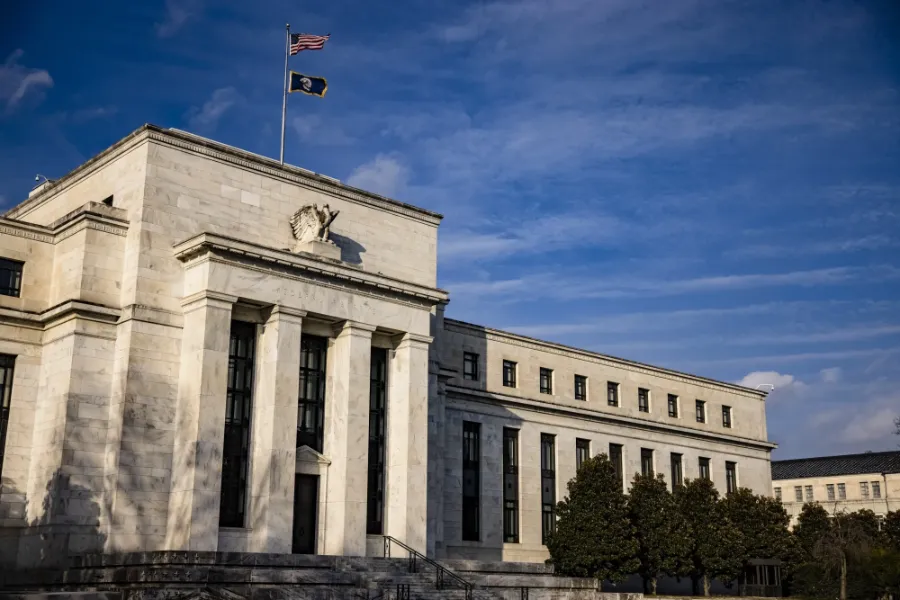
Wall Street economists were quick to parse the message. “While there was little doubt that the Fed was heading for a rate cut at its next meeting, Powell’s comments today were a strong confirmation of that expectation,” said Michael Feroli, chief US economist at JPMorgan Chase. Markets are now pricing in two more rate cuts this year as investors look for clarity from the central bank.
Debate on asset purchases and future rebalancing strategies
In addition to his comments on current monetary policy, Mr. Powell also devoted part of his speech to reviewing the massive asset purchase program (buying bonds and securities) during the COVID-19 pandemic. This policy has been criticized for being too long, contributing to high inflation later.
Mr. Powell defended the Fed’s decision, arguing that the actions were necessary to insure the economy against a deeper downturn and avoid a collapse in the Treasury market. But he also made a historical admission: with hindsight, the Fed “could — and probably should — have stopped buying assets earlier.” Even so, he argued that stopping early would be unlikely to fundamentally alter the post-COVID-19 inflation trajectory.
Market and future vision
Immediately after the speech, US Treasury yields fell slightly, reflecting market expectations that the Fed is moving closer to a phase of monetary policy easing.
Some economists say the U.S. economy is now being buffeted by multiple opposing forces — from trade tensions and tariffs to changes in immigration policies that are slowing labor force growth — making the Fed’s job more complex than ever. Flexibility, real data and balancing risks are key.
At the end of his speech, Mr. Powell affirmed his operating philosophy: “We will base policy on the actual developments of the economic outlook and the balance of risks, rather than following a predetermined path.” This message reaffirms that the Fed will not be bound by any roadmap, but will completely depend on upcoming macroeconomic data, especially reports on the labor market and inflation, to decide the next step./.
Source: https://vtv.vn/fed-my-doi-mat-nga-ba-duong-rui-ro-viec-lam-de-nang-lam-phat-100251015134144644.htm




![[Photo] Prime Minister Pham Minh Chinh receives President of Cuba's Latin American News Agency](/_next/image?url=https%3A%2F%2Fvphoto.vietnam.vn%2Fthumb%2F1200x675%2Fvietnam%2Fresource%2FIMAGE%2F2025%2F12%2F01%2F1764569497815_dsc-2890-jpg.webp&w=3840&q=75)



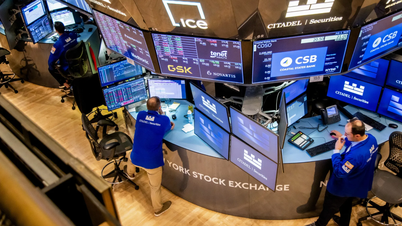

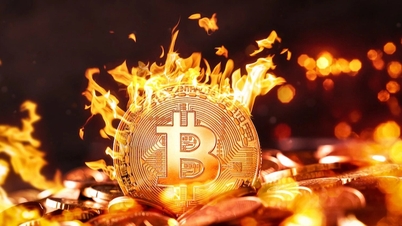

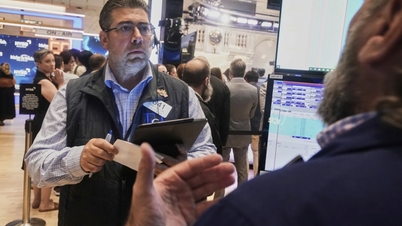
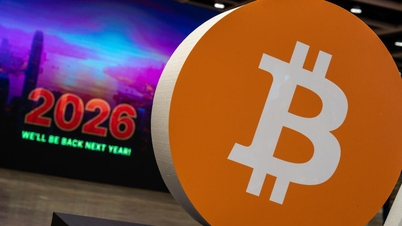

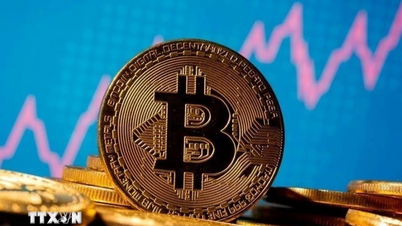

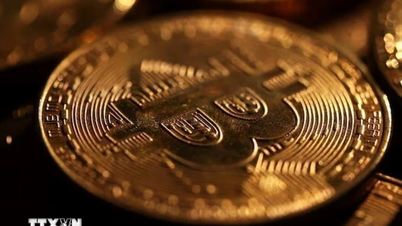


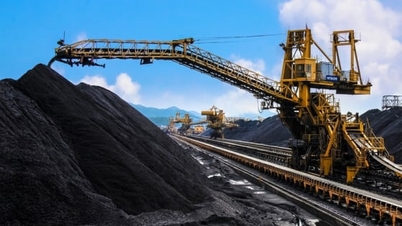

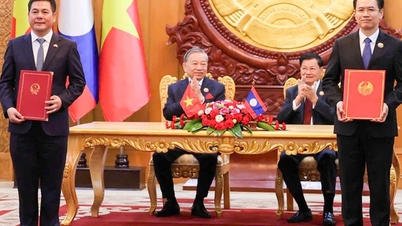








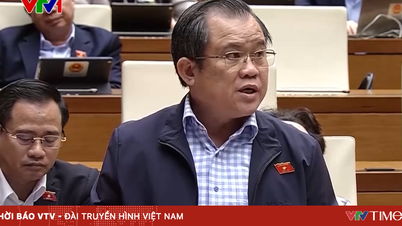
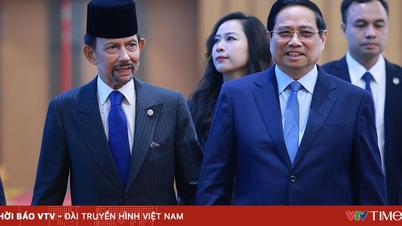
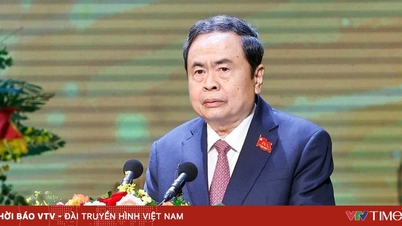
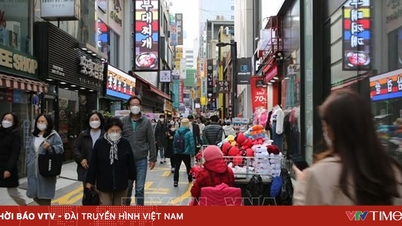

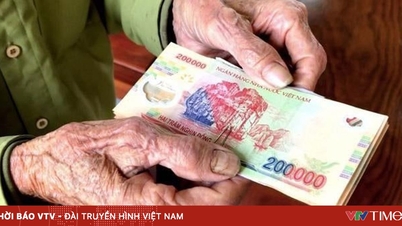











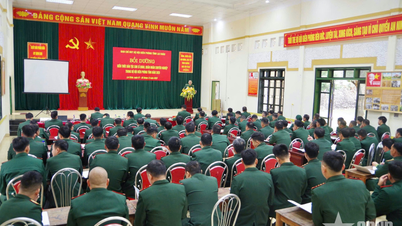




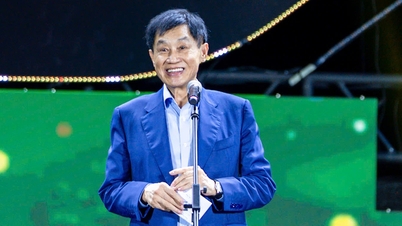


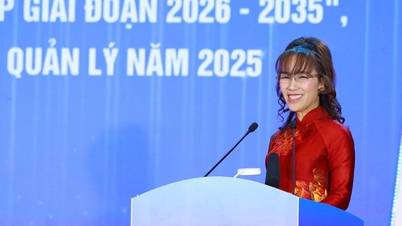


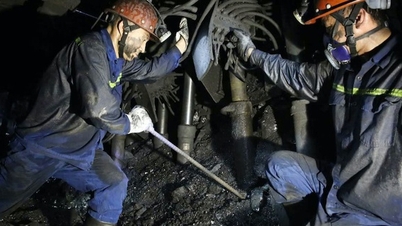













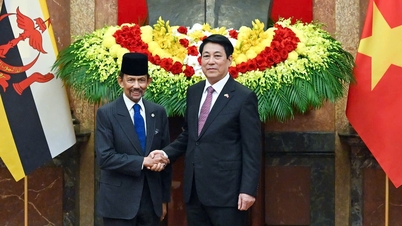
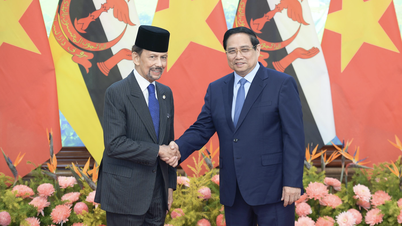

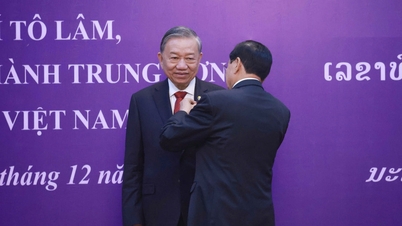







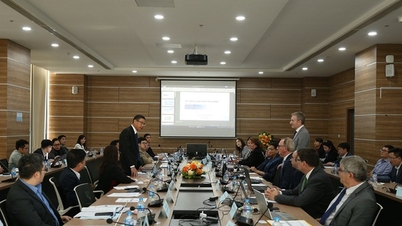

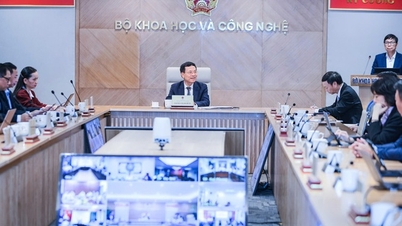
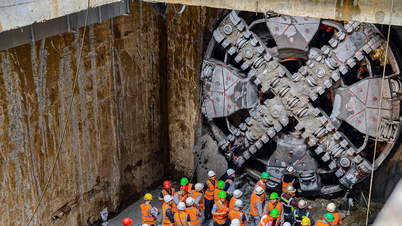























Comment (0)